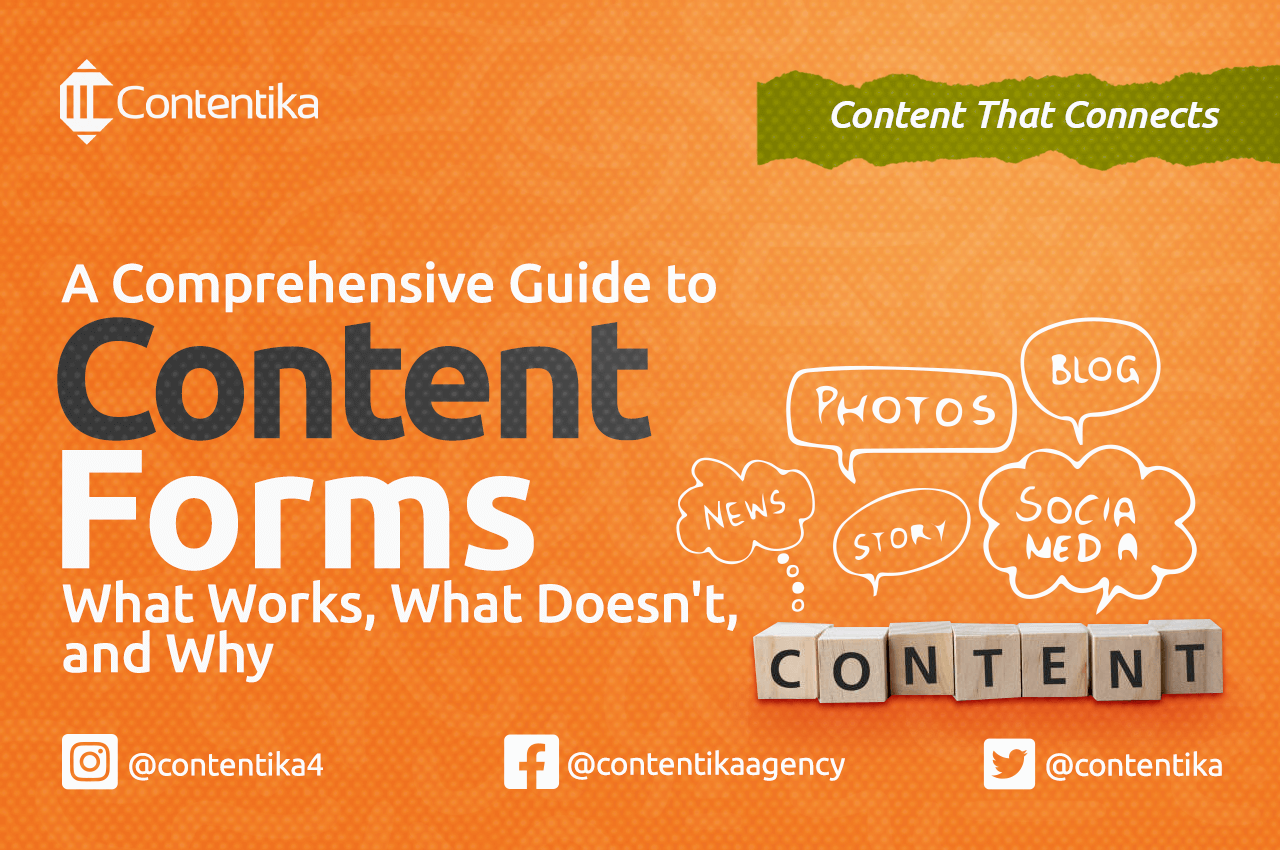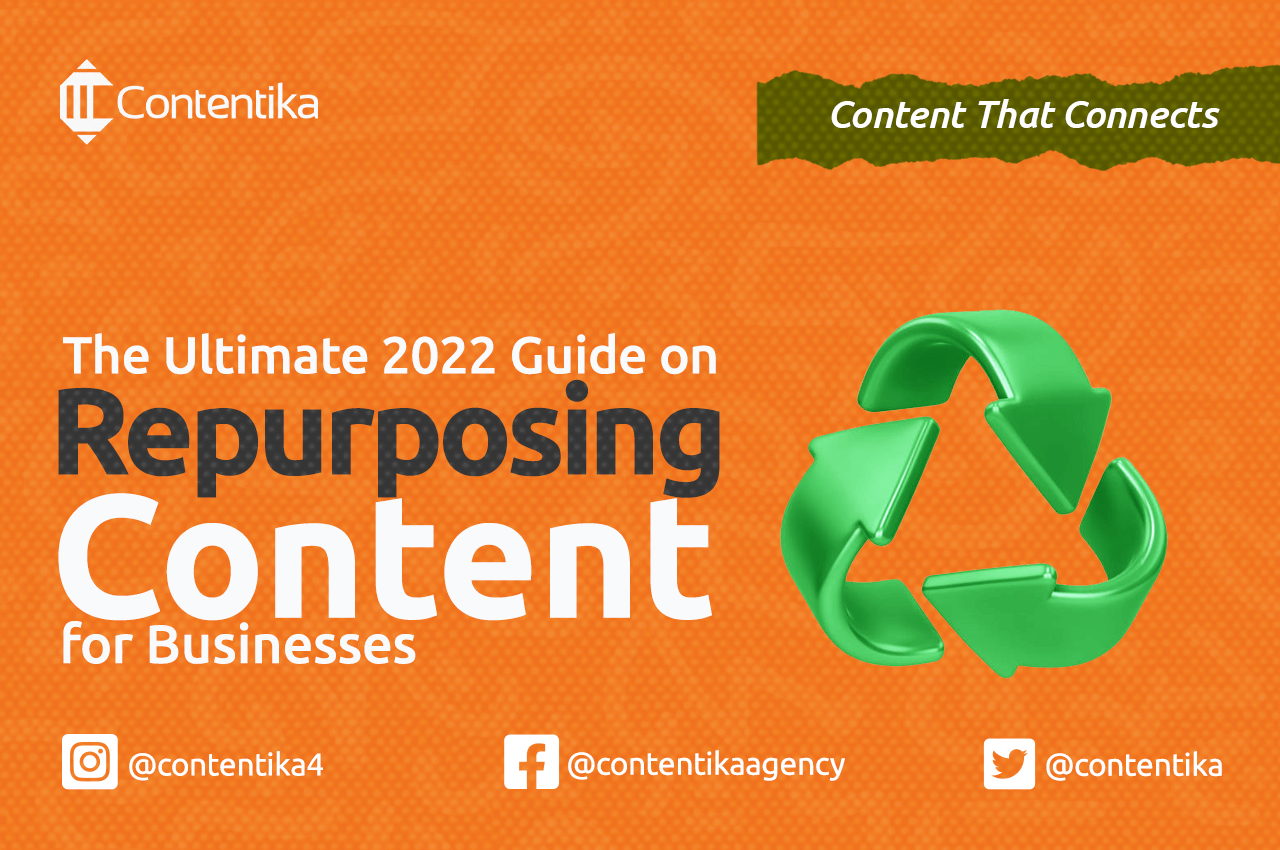Brand Equity is like a long-term relationship. You can’t just jump into it without getting to know each other first. It takes time, effort, and dedication for two parties to grow together and build something stronger.
In the business world, brand equity is an intangible asset that holds tremendous value because it measures how much a brand is worth and how recognizable it is to customers.
But what exactly is brand equity, and why does it matter? Let’s take a closer look.
What is Brand Equity?
Brand equity is something every company should strive to achieve, as it can tremendously affect the business’s overall success.
Think of it like owning your own home; if you take care of it, maintain it, and make improvements over time, its value can increase its value and appeal to potential buyers,
The same is true for brands; the more effort a company puts into building and maintaining its brand equity, the higher its value will be in the eyes of consumers.
Brand equity is created through consistently delivering your brand promise, creating positive associations with your brand, and establishing a unique brand identity that resonates with customers.
Types of Brand Equity
In marketing, different types of brand equity—such as perceived quality, brand loyalty, and brand awareness—can help businesses build their presence in the marketplace.
By understanding these different types of equity, brands can better define and refine their identities to appeal to target audiences.
These are the two main types of brand equity and how you can use them to boost your business.
Customer-Based Brand Equity
Customer-based brand equity is an important asset for any business. It can be likened to a bank account – the more you put into it, the more you get out of it.
Building positive customer experience-based brand equity requires a combination of elements such as great customer service, engaging marketing campaigns, high-quality products or services, and consistent delivery of your brand promise.
Excellent customer service can help build a strong emotional connection with your customers. It will result in positive customer feelings, increased loyalty to the brand, positive word-of-mouth marketing, and higher sales.
For example, if you always deliver on time and quickly resolve any problems, customers will notice this and be more likely to recommend your product or service to others.
Company-Based Brand Equity
In contrast to customer-based brand equity, which is the value a brand has in the minds of its customers, company-based brand equity refers to the perceived value a brand has in the minds of its employees and other stakeholders.
This type of high brand equity is established by fostering a strong corporate culture, having a well-defined and captivating brand vision, and always following through on the brand’s commitments.
Businesses can enhance their brand equity by emphasizing building a conducive workplace, establishing a distinctive brand identity and character, and ensuring their marketing messages flow in line with their internal brand values.
By fostering a strong sense of employee pride and ownership, businesses may boost productivity, enhance their reputation, and create a more favorable perception among stakeholders.
Examples of Brand Equity
There are positive and negative examples of brand equity, which can significantly affect how customers and other stakeholders perceive a business.
Positive Examples of Brand Equity
Here are some examples of businesses that have managed to build a powerful brand image in the minds of customers:
Apple
Apple has created strong brand equity by utilizing sleek design and cutting-edge technology. The company has developed a reputation for being at the forefront of innovation, leading to an incredibly loyal customer base willing to pay a premium for Apple products.
This, in turn, has allowed Apple to become one of the most valuable brands in the world.
Coca-Cola
Coca-Cola has also leveraged its brand equity to become an iconic name worldwide. Through a memorable jingle, logo, and refreshing taste, Coca-Cola has established itself as one of the most recognizable soda brands with a 25-30% profit margin.
The company has also made a global impact through unique marketing campaigns that have resonated with its customers.
Starbucks
Starbucks is well known for its pledge to social responsibility, which has enabled it to become one of the world’s most admired companies.
In 2019, Starbucks had more than 31,000 stores worldwide and is still growing. The company specializes in roasting and selling Arabica coffee beans and specialty coffees, making it the biggest in the world.
Nike
Nike has strong brand equity built on its slogan “Just Do It” and their sponsorship of elite athletes worldwide.
The company is also known for producing high-quality athletic apparel and footwear, which has led to it becoming one of the most recognizable brands in sportswear.
Amazon
Amazon has built powerful brand equity based on convenience, selection, and reliability. Its fast shipping, easy-to-use website, and wide variety of products have allowed it to become one of the world’s most valuable brands.
Negative Examples of Brand Equity
Negative examples of brand equity refer to situations where a brand has lost its value or reputation among consumers. Here are some examples of negative brand equity:
Product Recalls
A brand can lose its brand equity model if its products are found to be faulty or harmful to consumers, resulting in product recalls. For example, the recall of Samsung Galaxy Note 7 phones in 2016 due to battery explosions resulted in a significant loss of brand equity for Samsung.
Poor Customer Service
Brands that fail to meet customer expectations regarding the quality of their customer service representatives or responsiveness can damage their brand equity. For example, United Airlines’ handling of a passenger incident in 2017 resulted in a significant backlash and loss of brand equity.
Negative Publicity
Brands can also lose their brand equity connection due to negative publicity, such as a scandal involving a brand’s CEO or employees. For example, the Wells Fargo scandal in 2016, where the bank was fined for opening unauthorized accounts, resulted in a significant loss of brand equity for the company.
Failure to Innovate
Brands that fail to keep up with changing consumer trends or fail to innovate can lose their brand equity. For example, Blockbuster Video, which failed to adapt to the shift towards streaming services, lost its brand equity and eventually went bankrupt.
Price Wars
Brands that engage in price wars and consistently lower their prices can damage their brand equity by signaling to consumers that their products are of lower quality. For example, Walmart’s focus on low prices led to a perception among some consumers that its products were of lower quality than those of its competitors.
Elements of Brand Equity
The elements of brand equity are like the ingredients that make a great pizza. They all work together to create an experience that’s uniquely delicious and hard to forget.
The quality of the dough, the selection of toppings, and even how it’s cooked in the oven all give customers a memorable meal.
Similarly, when brands develop their brand equity, these are the five main ingredients that create a lasting impression with customers:
Brand Awareness
This refers to the degree to which customers can recognize and recall a brand. A brand with high awareness is easily recognizable and top-of-mind when customers think of a specific product line or service category.
Some effective marketing strategies may include online marketing campaigns, such as investing in social media platforms, search engine optimization (SEO), blogs, or email newsletters. Investing in traditional advertising methods, such as TV commercials and radio spots, may also help to increase visibility.
Additionally, offering discounts and incentives can encourage customers to learn more about a brand, increasing awareness and creating positive associations with the product or service.
Brand Loyalty
Brand loyalty is like a long-term relationship. It requires nourishment, commitment, and consistency to build and maintain.
With customers, it’s all about their trust in you as a brand, which will make them loyal members of your fan club. Think of every consumer experience with your brand as an opportunity to show them why you are the better choice.
An important element of brand loyalty is the recognition value, which refers to customers’ ability to recognize your brand identity immediately.
Everything from your logo design to your marketing collateral and messaging should accurately reflect the fundamentals of your brand equity: who you are, what you stand for, and why people should choose you over competitors.
Brand Associations
After all, if your customers don’t connect to the brand meaningfully, it’s unlikely that they’ll become loyal patrons or recommend you to their friends and family. And this is where elements of brand equity come into play.
Brand associations are customers’ mental and emotional connections with a brand. This includes the attributes, benefits, values, personality, and other associations people make with the brand. This is how potential customers perceive your company’s success, brand management, and overall thoughts.
Think of it like a person’s reputation. Just as people form opinions and judgments about an individual based on their behavior, actions, and personality traits, customers form associations with a brand based on its attributes, values, and other factors.
Just as a person’s reputation can affect their relationships and opportunities, a brand’s associations can impact its success, customer loyalty, and market position.
Perceived Quality
Does your brand have top-tier products that are of premium quality? If so, perceived quality is an important element of your brand equity.
Having a reputation for high-quality items can help you stand out in the marketplace and capture larger market shares.
Suppose you can demonstrate high perceived quality in your products or services through excellent customer service, attention to detail, and quality assurance practices. Customers will be more likely to repeat purchases and recommend your products or services to others.
Perceived quality isn’t just about creating a high-quality product; it also includes how well you market and position the product in the minds of consumers.
Brand Personality
Personality plays an integral role in managing brand equity and can be used to determine how customers perceive a brand.
It helps to create a consistent image in customers’ minds that they can easily recall whenever they come across the brand. A strong, well-defined personality gives brands a unique, recognizable identity that sets them apart.
Personality can also help create a human connection with customers, allowing them to relate to and identify with the brand emotionally. This human element helps to drive customer loyalty, as people are likelier to be loyal to a brand they feel has their best interests at heart.
Personality can also be used in marketing campaigns and advertising messages to create a more memorable and impactful message.
For example, if a brand wants to emphasize its trustworthiness and dependability, it could use language or visuals to convey these concepts through its chosen personality.
Brand Identity
Brand identity is like the face of a company – the first impression that customers have of it. Just as you wouldn’t want someone unprofessional and clumsy to represent you, a brand needs a polished and professional identity to effectively communicate its values and personality to potential customers.
Your brand identity is the visual representation of your company’s personality and is essential for establishing trust and building relationships with your audience.
The brand identity reflects how your business looks, talks, behaves and interacts with customers. The combination of messaging, visuals, and interactions creates an overall impression of your brand in your customers’ minds.
Brand Identity isn’t just about how a company looks – it also covers how it sounds to its customers, from the language used in messaging to customer service interactions.
Would you prefer a boring, robotic voice or something more conversational and witty? A strong brand identity will make sure the latter is used.
The power of a strong brand identity lies in its ability to create an emotional connection between customers and a company’s products or services.
How to Build Brand Equity
Building brand equity doesn’t have to be as complicated as it might be.
Think of your business and its brand like a house – the elements of brand equity are the building blocks you use to construct a successful, lasting structure.
Let’s break these down into more manageable chunks
Develop a Clear Brand Identity
A brand name, logo, tagline, and messaging can help create a clear brand identity. Think of them as the foundation for your brand – without them, it’s hard to communicate your values and services to customers.
Your brand name should be unique, memorable, and easy to recognize. It should accurately represent the products or services your business provides.
A good logo can also make all the difference—something simple but engaging will help create an instant connection with customers. Crafting a tagline that succinctly and accurately describes what your brand offers is also important.
Creating a unique messaging strategy is key to building strong relationships with customers. Ensure your messages are consistent across all platforms, from website copy to social media posts. Take the time to get creative with your messaging and think about how to best connect with customers.
Creating a clear brand identity will lay a strong foundation for building your brand equity.
Consistency
The key to building brand equity is consistency. You must deliver on your brand promise through every product, service, brand experience, and communication.
Think of it like a well-oiled machine; everything must work together to create the desired outcome. Just like an engine needs oil to keep it running smoothly, a successful brand needs consistency to stay top of mind for loyal customers.
Consistency is key to helping customers recognize what to expect from your brand, which helps them make purchase decisions more easily.
When used correctly, consistency can build trust. When customers know that their expectations will be met every time they interact with your brand, it builds a sense of reliability, which is invaluable in the long run.
If your brand isn’t consistent, it can be hard for customers to remember you and differentiate you from others. It’s like trying to find someone in a crowd without knowing what they look like – it’s almost impossible!
For instance, Coca-Cola has been consistent in delivering its message of happiness, togetherness, and refreshment for over a century. The brand’s messaging has remained consistent across various marketing channels, including its iconic “Share a Coke” campaign and its holiday ads featuring the Coca-Cola polar bear.
This consistency has helped Coca-Cola establish a strong emotional connection with its audience and maintain its position as one of the world’s most valuable brands.
Create Emotional Connections
Building brand equity requires creating an emotional connection with your customers. You can create experiences and stories and provide content that resonates with their values and interests. This is especially important when trying to reach a new audience or expand into different markets.
One way to create an emotional connection is through storytelling. Use compelling stories that evoke positive emotions in your customers and connect them to your brand.
It could be a story of how your product or service has improved someone’s life or helped them overcome an obstacle. You can also tell stories that align with your customers’ values, like sustainability or social justice.
Provide Exceptional Customer Service
Satisfied customers are the cornerstone of a successful business, and providing excellent customer service is the key to ensuring your customers remain loyal. After all, if people have a negative customer experience with your company, they probably won’t return for more.
That’s why offering exceptional customer service should be one of your top priorities for building brand equity. You can create a strong emotional connection that increases customer loyalty by delivering on your promises and treating customers with respect and kindness.
When offering exceptional customer service, it’s all about the little details. For example, take the time to address each customer personally, thank them for their purchase or feedback, and follow up with a thank you note or email.
Zappos, an online shoe and clothing retailer, is renowned for its exceptional customer service. The company offers free and fast shipping, hassle-free returns, and a 24/7 customer service team. Their representatives are trained to go above and beyond for customers, which has earned Zappos a loyal customer base.
Leverage Social Media
Dive into social media to build brand awareness, equity, and a powerful online presence.
With the right brand strategy now, you can engage customers in meaningful conversations, share your values and message, and showcase content that reflects your brand identity.
Start by deciding which platforms are right for you — Instagram, Twitter, Facebook, or YouTube. They offer unique ways to connect with you, so determine which ones align with your goals.
Then show off your brand’s personality through creative content and visuals, whether it’s a behind-the-scenes look at what goes into creating your products or funny videos featuring an animated version of your mascot.
Wendy’s, the fast-food chain, leverages social media well by using a relatable and humorous tone, engaging with customers, creating shareable content, and collaborating with other brands and influencers. These efforts have helped Wendy’s establish a strong and loyal fan base on social media, resulting in increased brand awareness and sales.
Collaborate With Other Brands or Influencers
Brands and influencers can be powerful partners in building brand equity. By collaborating with other brands or influencers, you can create content that resonates with a wider audience, showcases your company’s values, and allows you to tap into the credibility of your partner brand’s reputation.
Creating successful collaborations requires effective communication between both parties to ensure everyone is on the same page about the end goal. The right collaboration will benefit your brand and the partner you choose.
When finding partners for collaborations, look for brands or influencers with similar values and a target market or audience that aligns with yours. This gives both parties greater scope to create content that resonates with potential customers.
Fashion Nova, a fashion retailer, has a successful influencer marketing strategy that involves partnering with a diverse range of influencers, giving them creative freedom, showcasing their products, and building long-term relationships. This strategy has helped Fashion Nova establish a strong social media presence, reach a wider audience, and increase sales.
Invest in Marketing
If you want to build brand equity, investing in marketing is a must. Investing in high-quality marketing efforts over time will help you create an association between your product and people’s values.
Advertising is one way to get your message out there and ensure potential customers see it. Public relations strategies such as press releases, interviews, and media coverage can also help you reach more people.
Events like press conferences and product launches are great opportunities to engage with customers in a memorable way.
Finally, other marketing initiatives such as sponsorships, partnerships, loyalty programs, and promotional campaigns can create a lasting impression of your brand.
Reasons Why Brand Equity Matters
“Brand equity” is more than just a fancy term. It can be the difference between success and failure for any business, large or small.
Here are some of the reasons why building up brand equity should be at the top of your list:
Builds Customer Loyalty
Customers who know and trust a brand will likely remain loyal over time. This loyalty can lead to higher sales as returning customers spend more than first-time customers.
Also, it makes it easier for the company to introduce new products because customers are already familiar with their offerings. Brand equity is essential for any business to build a loyal customer base.
It also helps increase a business’s word-of-mouth marketing potential, as customers who trust it are likelier to recommend it to their friends and family.
Differentiates a Brand From Competitors
Having strong brand equity is like having a powerful secret weapon. It gives you an edge over your competitors by making it harder for them to break into the market and take away your customers.
A well-established brand can also help you stand out, making it easier for potential customers to notice and remember you.
Ultimately, this means more potential sales for your business.
Nike has been able to distinguish itself with clear brand messages by consistently using the tagline “Just Do It,” telling compelling stories through advertisements featuring real-life athletes, and partnering with high-profile athletes to reinforce its message of empowering athletes to achieve greatness. These efforts have helped Nike establish a strong and recognizable brand identity, resulting in increased brand loyalty and sales.
Allows a Brand to Charge Premium Prices
Customers who recognize a brand’s quality will be willing to pay more for its products and services, resulting in higher profits.
As such, companies with strong brand equity can charge a premium for their offerings, making them more attractive to those looking for value.
This ability to command higher prices gives brands a clear advantage over the competition and is an important factor in long-term success.
Improves Financial Performance
The tangible proof that brand equity matters lies in the financial performance of your business.
A strong, valuable brand can significantly boost a company’s bottom line, increasing profitability while providing a competitive edge in the marketplace.
Consumers are willing to pay extra for products and services from brands they recognize and trust, allowing you to charge higher prices than your competitors or offer more value for the same price.
Increased Market Share
Earning more customers is the key to success for any business, and brand equity can help you do just that. With a recognizable brand image in the minds of your target audience, more people are likely to choose your product or service over competitors.
Not only does this mean increased market share- it also means increased revenues! So don’t underestimate the power of brand equity- it can make a big difference in increasing market share.
Increases Customer Retention Rates
When you inspire brand loyalty, and customers hold your product or service in high esteem, they will likely stick around for the long haul.
Studies have shown that increasing customer retention rates by just 5% can ultimately increase profits by 25-95%.
So if you can create strong and positive brand equity, it will pay off down the line! Who doesn’t love seeing those numbers go up?
How to Measure Brand Equity
Measuring brand equity, also known as gauging your reputation and customer loyalty, has become an important part of any successful business.
Here are a few metrics that you can use to analyze your financial metrics and get an accurate read on the value of your brand:
Customer Loyalty
Do customers come back for more? Are they recommending your brand’s products or services to others? A high level of customer loyalty is a sure sign that your brand has established trustworthiness in the eyes of its customers.
Even if you don’t have hard numbers available to measure it, customer loyalty can be gauged by how willing your customers are to make further purchases or recommend products and services to others. The more loyal your customers are, the higher your brand equity is to potential customers.
Purchase Frequency & Intensity
Purchase frequency and intensity can give you insight into how customers perceive your brand. For example, if they are buying frequently and in large quantities, it means your brand has likely impacted them.
On the other hand, if they only purchase once or twice a year, it may indicate that they don’t have as much affinity for your brand. By measuring this, you can better understand how your brand is faring in the marketplace.
Brand Awareness
Brand awareness is a key component when it comes to measuring the overall brand equity of a company. It can be measured in various ways, such as through brand recognition or recall.
By understanding these metrics, you can gain insight into how well consumers are acquainted with your brand, providing you with valuable data to inform your marketing and branding decisions. Put simply, the higher the brand awareness, the greater the potential for increased brand equity!
Brand Value
Brand value is the financial worth of a company’s brand, including factors such as customer loyalty and perception.
Measuring brand value can be tricky since it involves quantitative and qualitative elements. It requires looking at the intangible aspects of a brand, such as how customers view its products or services and how they perceive the company overall.
This type of information is difficult to quantify, but it’s essential for understanding the true worth of a brand’s equity.
Conclusion
As you can see, brand equity is a valuable asset for any business. It helps customers recognize your brand and builds customer loyalty, which leads to increased profits.
By investing in marketing efforts, building relationships with other brands or influencers, leveraging social media, providing exceptional customer service, and creating an emotional connection with customers, you can create a strong brand identity that will help you stand out from your competitors.
You can get a good idea of your branding efforts’ effectiveness by measuring brand awareness, loyalty, and value. Building strong brand equity is essential for any business to succeed in the long run.
Frequently Asked Questions
Brand equity is important because it determines how consumers perceive and interact with a particular brand. It’s the difference between customers loyal to your brand and those who could simply care less.
The four elements of brand equity are customer loyalty, awareness, brand association, and the brand’s perceived quality.
The two types of brand equity are customer- and company-based.
Another word for brand equity is “brand value.”. It refers to the financial worth of a company’s brand, including factors such as customer loyalty and consumer perception alone.
The five pillars of brand equity are customer loyalty, awareness, association, perceived quality, and brand value.











